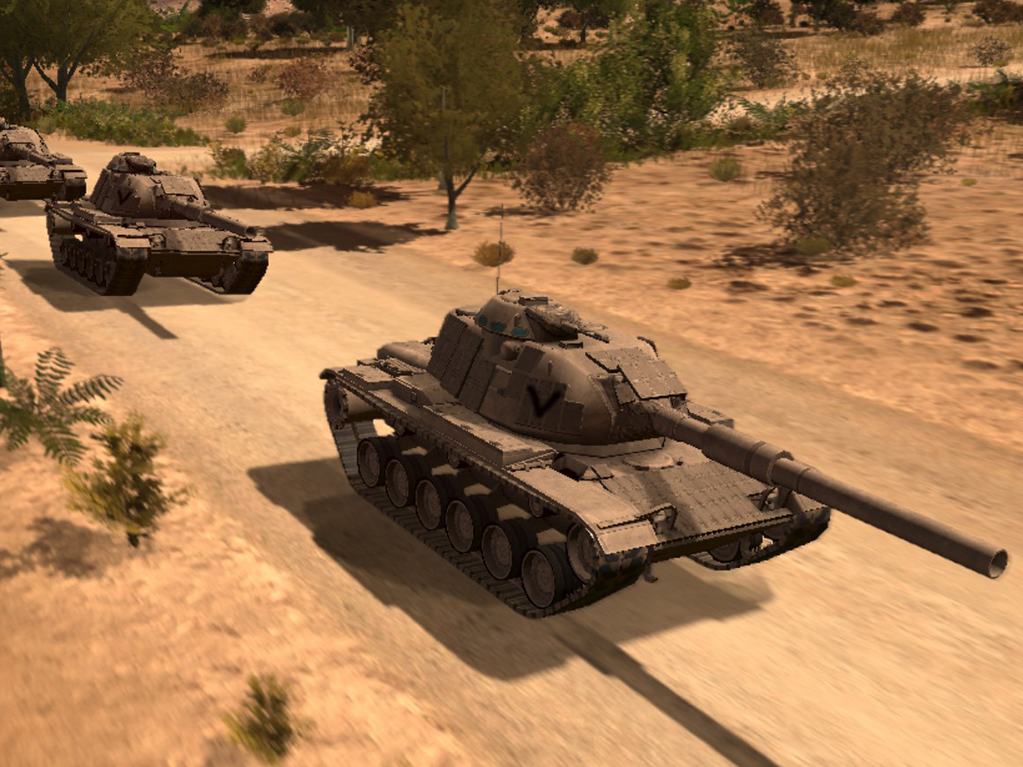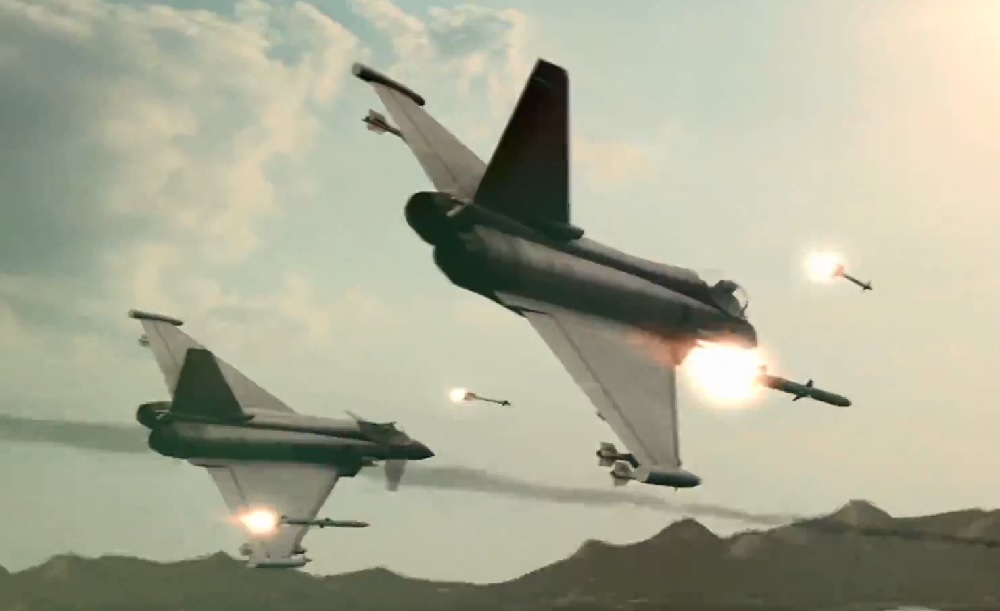

But the fact of the matter is that heavy tanks in Bolt Action just aren’t really as good as you might think–at least, their point cost is too high to usually justify them.

The tank category might seem weak compared to other factions–there’s no Tigers and there’s no KV-1. Again, another very flavorful rule for a United States army with great radio communications that were lacking in other armies. And a -1 modifier may not seem like much, but when you need it you really need it. It can be incredibly frustrating to be playing with units in reserve and have them stuck off the table for turn after turn. It allows units in reserve to move onto the table with a regular Morale test and not with the -1 modifier. Modern CommunicationsĪnother special rule which I think is tremendously powerful is Modern Communications. The United States did indeed have air superiority in most of the theaters where it fought, and I think it’s a good special rule. This is very accurate to most parts of World War Two, in regards to flavor. Regardless, this special rule allows the whims of fate to change twice instead of once. Personally, I don’t mind it, because I like the fact that war can change on the whims of fate. The people who don’t like this are, generaally speaking, competitive players. A lot of people don’t really love this rule because it makes winning less about strategy and more about luck. If you roll a six it’s brutal on the enemy, but if you roll a one it’s brutal on you. The problem is that Air Strikes are so wildly random that a single roll can swing the game for you to win or your opponent. This has the potential to be devastating–to either side. The rule lets the United States’ Forward Air Observer call in two air strikes per game instead of just one. This is a great special rule for one of the more controversial aspects of the game. Still a great rule, though, especially for an army which is so heavily weighted toward Shermans and Sherman variants, which are particularly suited toward moving and firing. While this rule is definitely flavorful, it’s not quite as useful as the Fire and Manuever rule, because it’s not as common to take Veteran units. Because of this, the rule means that American Veteran tank crews don’t get the -1 movement penalty for shooting–but this doesn’t apply to Regular and Inexperienced tank crews. Gyro-stabilizers where part of most American tanks, but the gyro-stabilizers were finicky and not all tank crew liked to use them–some of the tank crews found them difficult to use and turned them off.
Wargame air land battle otomatic plus#
This is meant to reflect the fact that the United States was one of the few armies during World War Two that had semi-automatic rifles (the M1 Garand rifles and carbine), plus the Browning Automatic Rifle. This rule allows US infantry to fire their rifles and BAR without the -1 movement penalty on a turn in which they advanced. There are four rules that the armies of the United States get and they are: Fire and Maneuver

The special rules of the Armies of the United States are really some of the best in the entire game, and they’re very flavorful and reflective of the actual United States military during World War Two. This is all based on the Warlord Games book, Bolt Action, Armies of the United States ( Buy from Amazon) Bolt Action: Armies of the United States Special Rules In this faction focus we’re going to look at the Bolt Action armies of the United States and see what special rules they have, what kind of units they have, and what interesting theater selectors they have. They don’t have any of the really wild units, like Soviet bomb dogs, and their tanks are mostly just a lot of variants of the Sherman–not like Germany’s many different options.īut the armies of the United States might actually be one of the best, if not the best, factions in the game of Bolt Action. Looking at the Bolt Action Armies of the United States, you might be forgiven for thinking that they’re not the most exciting army.


 0 kommentar(er)
0 kommentar(er)
